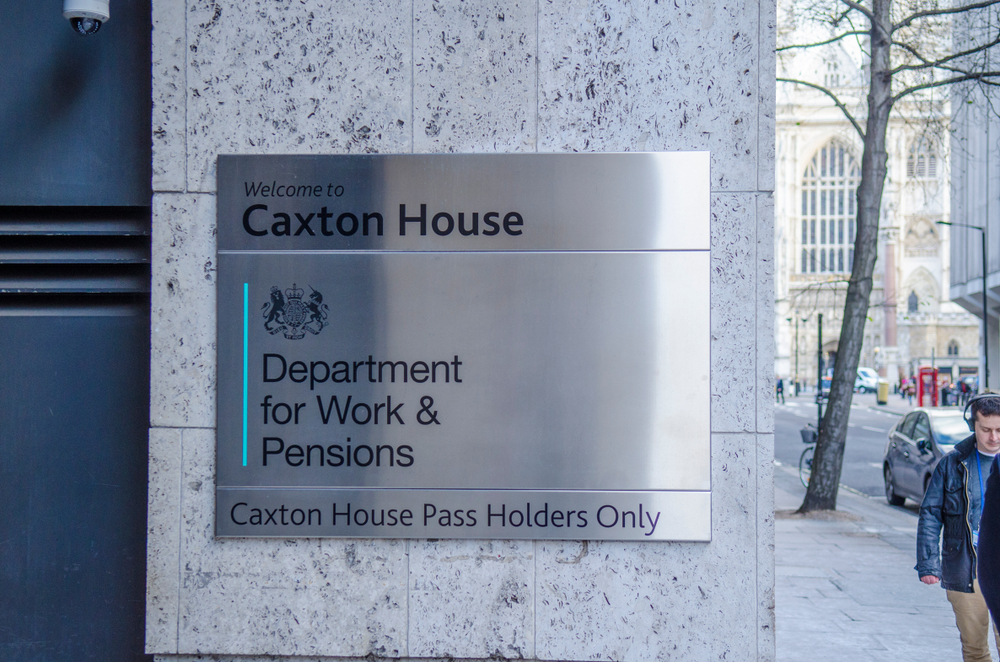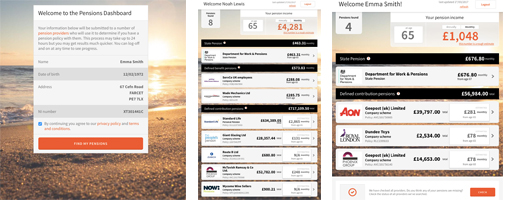The Pension Protection Fund's (PPF) funding ratio increased by 10.6 percentage points year-on-year to 137.9 per cent, as at 31 March 2022, its latest Annual Report and Accounts has revealed.
The PPF's funding ratio increased from 127.3 in 2020/21 to 137.9 per cent, while its reserves rose from £9bn to £11.7bn during the same period.
Its probability of success rose by 1 percentage point to 96 per cent and its invested assets increased by £1bn to £39bn.
The report highlighted the fund’s "continued focus" on sustainable investment, with its global forestry portfolio increasing by 20 per cent to hit £1bn in the past year.
Against the backdrop of its strengthening financial position, the PPF will now complete its review of its long-term funding strategy.
The review, which is expected to be published in the coming months, will assess the risks the fund faces and how its approach to funding will need to evolve.
As the review enters its final stages, an emerging conclusion is that the PPF will need to redefine its funding objective to focus on maintaining financial resilience.
The fund stated that it is now considering the role levy will play in maintaining financial resilience and will consider changes as part of the consultation on the 23/24 levy in September.
The PPF set out five strategic priorities in 2019 that it said were “critical” for the achievement of its mission and to help mitigate future challenges.
Its report stated that the pensions lifeboat has now achieved these priorities and is in a "position of strength for the future" so it can continue to support its 438,998 PPF and Financial Assistance Scheme (FAS) members.
PPF chief executive officer, Oliver Morley, commented: “This year, we’ve paid out £1.1 billion in member payments, more than last year.
“This underpins once again the importance of our role in providing assurance, not only to our existing members, but also the promise of protection we offer to the 9.7 million members in the DB schemes we protect.
“Going forward, our priority remains to provide protection and reassurance, while also continuing to innovate and respond to the changing economic and social climate that impacts our levy payers and members.
“Over the years, the levy has been a vital source of income, without which we wouldn’t have been able to provide compensation to our members.
“Our expectation has long been that the importance of our levy would decline over time as our funding position improved. As we enter a new phase in our funding journey, we can now consider bringing down the levy without risking our ability to pay members’ their benefits.”
The PPF is expected to publish the outcome of the PPF’s Long-Term Funding Strategy Review this autumn, as well as announce how much it intends to charge in levy next year and consult on the levy rules 2023-34.
Latest News
-
TPR launches consultation on new-look CDC code of practice
-
Govt urged to undertake AE review as thresholds remain at 2025/26 levels
-
Dashboards rollout set to expose pensions admin weak spots
-
'Bright future' ahead for DB superfunds amid growing interest
-
SPA increases branded a 'red herring' by HoL Economic Affairs Committee
-
Pensions must be ‘fully integrated’ into corporate strategy in 2026
Private markets – a growing presence within UK DC
Laura Blows discusses the role of private market investment within DC schemes with Aviva Director of Investments, Maiyuresh Rajah
The DB pension landscape
Pensions Age speaks to BlackRock managing director and head of its DB relationship management team, Andrew Reid, about the DB pensions landscape
Podcast: From pension pot to flexible income for life

Podcast: Who matters most in pensions?

In the latest Pensions Age podcast, Francesca Fabrizi speaks to Capita Pension Solutions global practice leader & chief revenue officer, Stuart Heatley, about who matters most in pensions and how to best meet their needs
© 2019 Perspective Publishing Privacy & Cookies










Recent Stories